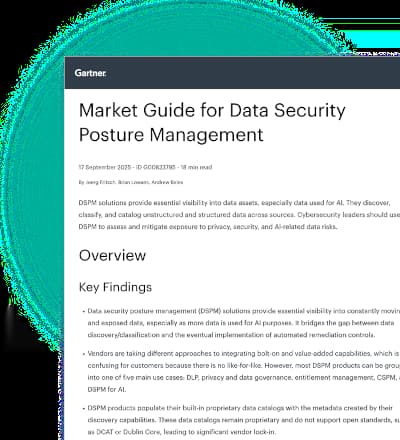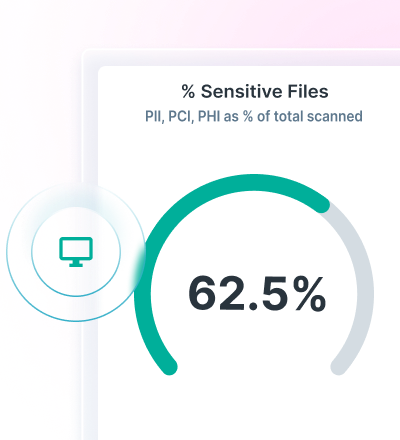Signal in the Noise: How to Turn DLP Alerts into Action
0 minutos de lectura

Bryan Arnott
When every second counts, the last thing your team needs is an avalanche of meaningless alerts.
Yet that’s exactly what most traditional DLP solutions deliver: a noisy flood of false positives, fragmented insights across tools, and manual investigations that stall progress instead of accelerating it. You’re left reacting to symptoms, not solving the problem.
If you’re reading this, you already know the pain: incident response feels harder than it should be.
You’re not alone.
Today’s CISOs need more than alerts. They need clarity, context and control. A way to see what’s really happening, understand the intent behind the activity and respond with precision. In this blog, we’ll show you how Forcepoint DLP cuts through the noise and makes incident response not just faster, but smarter.
The Real Challenge: Manual, Siloed and Slow
The alerts are pouring in. But where do you start?
Security teams are forced to stitch together fragmented data across multiple tools. Each alert demands manual triage, yet most lead nowhere. And without context – who did what, why and where the data went – you're left guessing whether it’s noise or a real threat.
So, what makes traditional DLP incident response so difficult?
The high volumes of unprioritized alerts across disconnected tools all require manual investigation and lack insight into user intent.
The result? Missed signals, wasted cycles and no way to focus on what actually matters.
How Forcepoint Makes Incident Response Easy
Forcepoint Data Loss Prevention (DLP) software replaces alert fatigue with clarity. It brings all incidents across endpoints, email, web, cloud and network into one console, so your team isn’t toggling between tools or guessing at context.
With built-in fingerprinting, Optical Character Recognition (OCR) and Natural Language Processing (NLP) through its machine-learning and AI-powered data classification, Forcepoint identifies more than 900 file types, even if they’ve been renamed. That means fewer false positives and faster, cleaner investigations.
With this multi-layered approach, Forcepoint can detect and block even partial data exfiltration by identifying sensitive data and patterns, even those not seen before. This includes scenarios where parts of a sensitive file are copied into a new document, pasted into a GenAI prompt, or a few lines of source code or IP are inserted into a personal email or other channels. Our solution examines randomized sections of large files to prevent attackers from hiding sensitive content, adapting to evolving exfiltration techniques across any channel.
Forcepoint Risk-Adaptive Protection (RAP) takes it further by tuning enforcement to user behavior. Your team can stop chasing volume and start acting on what’s risky.
When it’s time to investigate, you get a full forensic timeline: who accessed the data, how and what happened next. Every action is traceable and audit-ready.
And with real-time controls like block, coach, encrypt and notify, you can respond instantly. No more delays. No more gaps. Just the context and control you’ve been missing.
See It in Action: Incident Response Doesn’t Have to Be Hard
Forcepoint DLP fits the way you work. Whether you need a fast, scalable SaaS deployment or prefer full control with on-prem, the experience is the same: unified visibility, precise detection and real-time response.
Watch the DLP SaaS Demo:
And also watch the on-prem demo:
When your DLP gives you fewer false positives, full context and risk-based prioritization, your team moves faster with confidence.
Ready to simplify incident response? Book a meeting today.

Bryan Arnott
Leer más artículos de Bryan ArnottBryan Arnott is a Senior Content Marketer and Digital Strategist at Forcepoint.
 The Forrester Wave™: Data Security Platforms, Q1 2025Read the Report
The Forrester Wave™: Data Security Platforms, Q1 2025Read the Report
X-Labs
Reciba información, novedades y análisis directamente en su bandeja de entrada.

Al Grano
Ciberseguridad
Un podcast que cubre las últimas tendencias y temas en el mundo de la ciberseguridad
Escuchar Ahora








